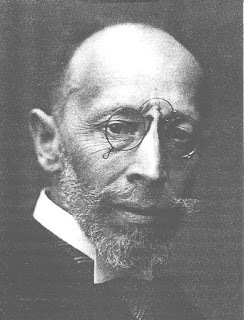The relationship between trade and the environment is a fraught one; most recently it has been prominent in
debates over the proposed Trans-Pacific Partnership.
"Empire Trade", a 1934 British propaganda film, provides some historical context (you can view it at the excellent
Colonial Film website; I got to it through a University of Exeter online course on the British Empire). Here low tariffs within the British Empire are touted in terms of the jobs brought to the home country by exports to the colonies and dominions, and the the raw materials from around the empire that feed British industry.
Visually, prosperity at home is represented by belching smokestacks, white-hot furnaces, and smoking locomotives.
 |
"The size, rather than the position of England, governs our greatest national problem today.
We are not a self-supporting country. We depend for our existence on the exchange of our
manufactured commodities for the food and raw materials that we cannot produce ourselves,
and for these we must rely largely upon our Empire and our merchant navy." |
And the video tour around the empire is a celebration of exploitation of nature and colonial labor. (Please read the captions, but trigger warning: some of the text is distasteful.)
 |
Rubber plantation in Malaya. "The amount of rubber produced here alone
is nearly twice as much as the rest of the world's output, and so
forms a tremendously important addition to our Empire resources." |
 |
Coconut plantation in Malaya. "This chap doesn't have to wait for the fair
and the coconut shies to come to town; he can have 'em for breakfast every morning." |
 |
Floating logs in Canada. "The watermen, who see to it that these logs float downstream without
jamming, have an exciting time." A few frames later, some of them fall in the water. |
 |
South Africa. "Her most important industries are diamond and gold mining,
both developed by British engineers, equipped with British machinery." |
It seems that circa 1934 environmental degradation and exploitation of less developed countries were clearly seen to result from free trade. One might be charitable and say that they were seen as the price that needed to be paid for economic prosperity, but watching this film, one gets the sense that its makers weren't troubled at all by these costs.


















